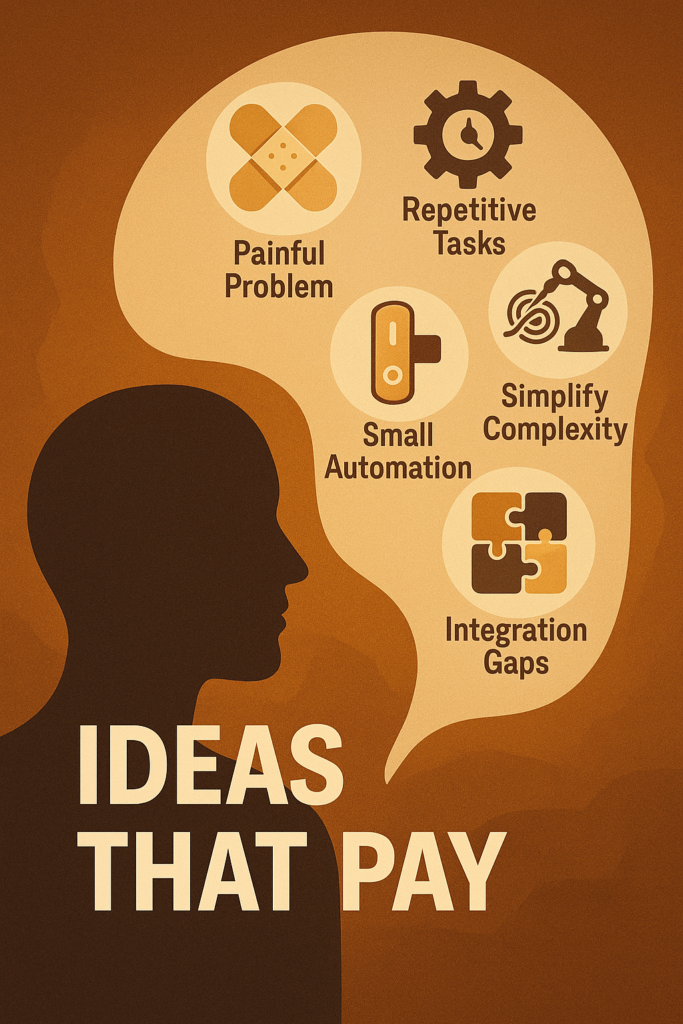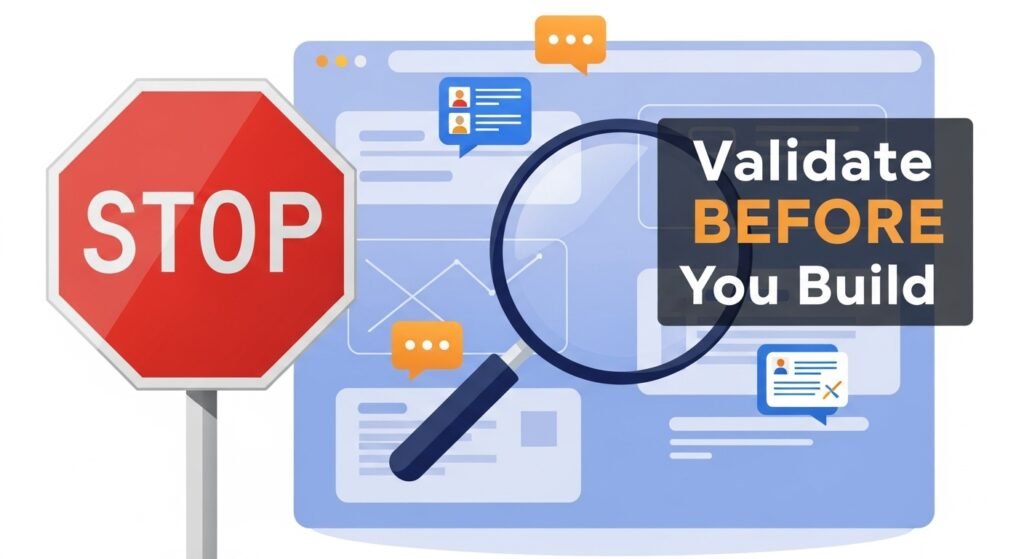Starting a micro SaaS business is an exciting adventure, but it all begins with one critical step: finding the perfect idea and the right group of people to serve. This isn’t just about coming up with something cool; it’s about spotting a real problem and building a solution that people will actually pay for. Choosing the right niche and brainstorming truly profitable micro SaaS ideas can feel like finding a hidden goldmine. This article will show you how to do just that.
This article is part of our comprehensive resource on micro SaaS businesses. For the full picture on building, growing, and even selling your micro SaaS, read our ultimate guide: The Ultimate Guide to Micro SaaS: From Idea to Exit.
Why a Niche is Your Micro SaaS Superpower
For micro SaaS, picking a very specific group of users, or a “niche,” isn’t just a good idea—it’s essential. Instead of trying to help everyone, you focus on helping a small, defined group with a very particular problem. This makes it much easier to build software that truly fits their needs. Think about it: if you try to please everyone, you often end up pleasing no one very well.
Choosing a niche for micro SaaS gives you several advantages. You can talk directly to your future customers, understand their pain points deeply, and create a solution that feels tailor-made for them. This focused approach also means less competition from bigger companies, who often overlook these smaller, specific markets. It allows you to become the “go-to” solution for that particular group as per resource.
How to Discover the Best Micro SaaS Niches
So, how do you find these “goldmine” niches? It’s all about observing, listening, and looking for unmet needs. Here are some strategies to help you identify the best micro SaaS niches:

- “Scratch Your Own Itch”: Start with problems you face yourself, either in your work or daily life. If you’re struggling with a repetitive task or a missing tool, chances are others are too.
- Listen to Complaints: Pay attention to what people complain about online. Join forums, Reddit communities, Facebook groups, or even professional online communities related to different jobs or hobbies. Look for comments like, “I wish there was a tool that could…” or “This part of my job is so annoying because…” These frustrations are clues to unmet needs.
- Look at Manual Workarounds: See how people are solving problems without software. Are they using complicated spreadsheets, doing repetitive tasks by hand, or combining several clunky tools to get something done? If you can automate or simplify that process with a small piece of software, you’ve found a potential niche.
- Explore Existing Tools: Look at popular software products and read their reviews. Are users asking for a specific missing feature? Is there a feature that’s buried deep and hard to use? You might be able to build a micro SaaS that offers just that one feature, but does it much better or more simply.
- Follow Trends in Specific Industries: Certain industries might be going through changes or adopting new technologies. Look for how these changes create new problems or opportunities for small software tools. For example, the rise of remote work created a need for many focused communication or collaboration tools.
- Consider Complementary Products: Think about popular online services or platforms. Can you build a small tool that adds a missing piece or enhances the experience for users of those platforms? For instance, an extension for a popular e-commerce site that adds a specific reporting feature.
Coming Up with Profitable Micro SaaS Ideas
Once you have a niche in mind, the next step is to brainstorm profitable micro SaaS ideas within that space. Remember, “profitable” means people are willing to pay money to solve this problem.

Here’s how to generate those ideas:
- Solve a Painful Problem: The best ideas fix a problem that causes real pain, costs time, or loses money for your target audience. If the problem is annoying enough, people will gladly pay for a solution.
- Identify Repetitive Tasks: Look for tasks that your niche performs over and over again, manually. Can you automate any part of that? For instance, a tool that generates specific types of invoices automatically for freelancers. Resource link
- Focus on Small Automation: Many people are still doing things by hand that could be automated with a simple tool. Think about specific data entry, report generation, or scheduling tasks.
- Simplify Complexity: Some problems are solved by large, expensive, and overly complex software. Can you create a much simpler, more affordable version that does just one or two core things really well for your niche?
- Look for Integration Gaps: Mostly, businesses use several different tools that don’t talk to each other. Can you build a tiny bridge (an integration) between two popular tools to make a specific workflow easier?
- Think About Recurring Needs: The best ideas often solve problems that come up regularly, meaning customers will need your software month after month, leading to steady income.
Finding a good idea often means combining your own skills and interests with a real market need. Don’t be afraid to start small and focus on a very narrow problem.
The Next Crucial Step: Idea Validation
Finding a great idea is exciting, but it’s just the beginning. Before you spend time building anything, it’s super important to make sure your idea is actually something people want and will pay for. This step is called “validation.”

Once you have a strong idea in mind, the next crucial step is validating it. We’ll dive deep into how to do that effectively in our guide on: How to Validate Your Micro SaaS Idea Before Building.
Your Micro SaaS Gold Rush Starts Here
Finding your niche and a profitable idea is truly the foundation of a successful micro SaaS. It requires curiosity, observation, and a willingness to dig deep into specific problems. By focusing on solving a real pain for a defined group of people, you set yourself up for building a valuable, sustainable business. Take your time with this crucial first step, and you’ll be well on your way to launching your own digital goldmine.

